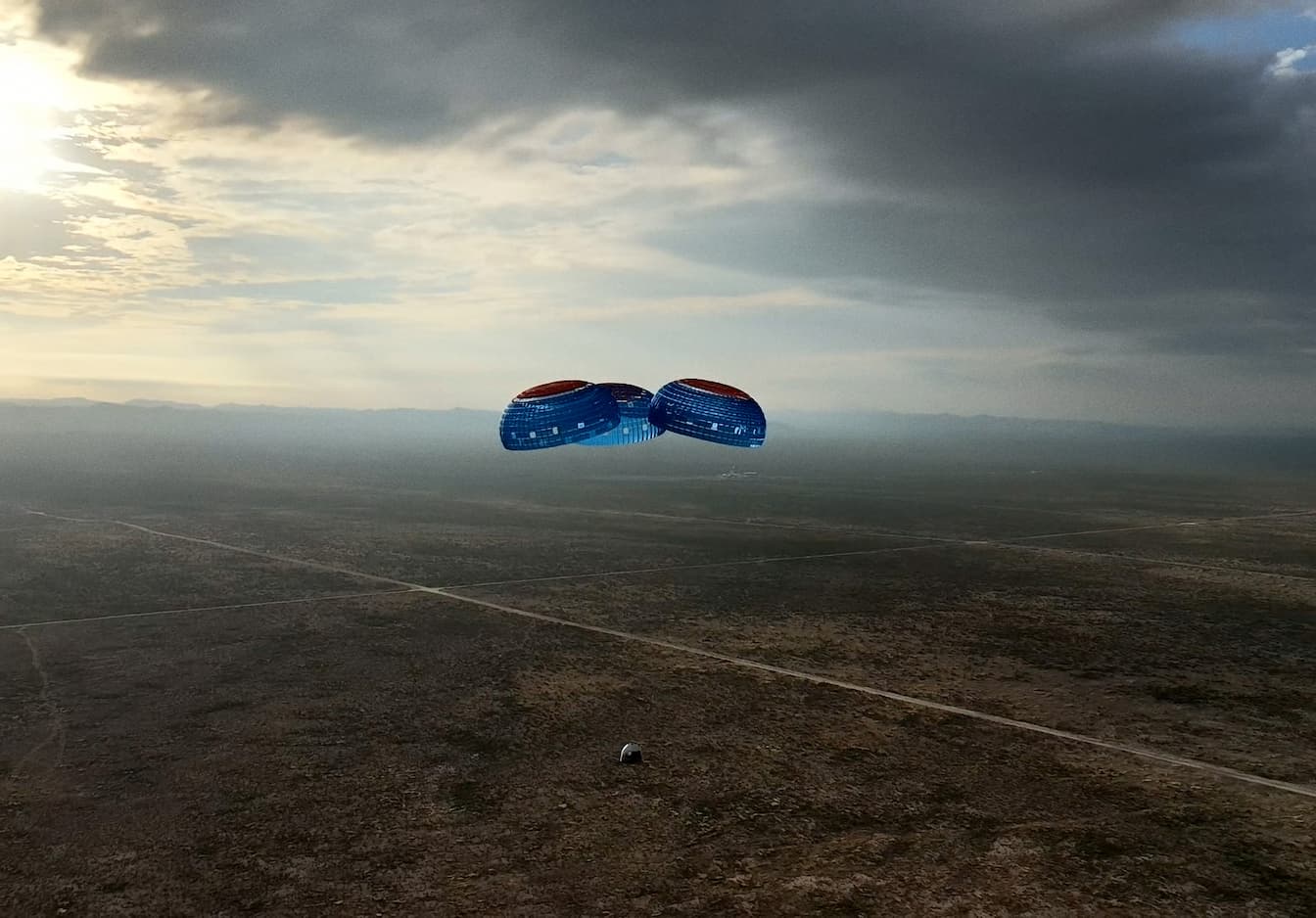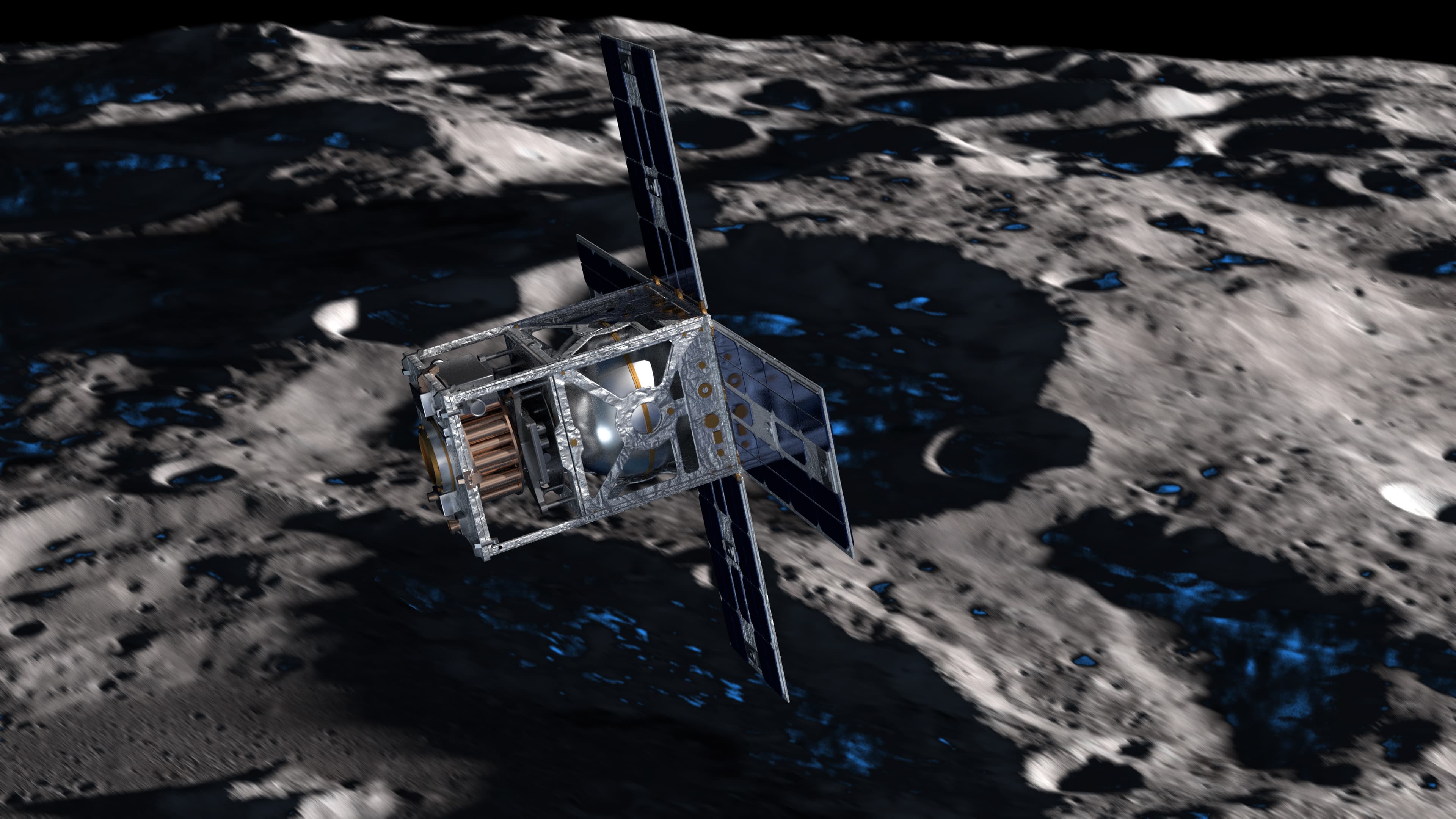
Blue Origin Mission 9: Safe Escape In Any Phase of Flight

New Shepard flew for the ninth time on July 18, 2018. During this mission, known as Mission 9 (M9), the escape motor was fired shortly after booster separation. The Crew Capsule was pushed hard by the escape test and we stressed the rocket to test that astronauts can get away from an anomaly at any time during flight. The mission was a success for both the booster and capsule. Most importantly, astronauts would have had an exhilarating ride and safe landing.
This isn’t the first time we’ve done this type of extreme testing on New Shepard. In October of 2012, we simulated a booster failure on the launch pad and had a successful escape. Then in October of 2016, we simulated a booster failure in-flight at Max Q, which is the most physically strenuous point in the flight for the rocket, and had a completely successful escape of the capsule.
This test on M9 allowed us to finally characterize escape motor performance in the near-vacuum of space and guarantee that we can safely return our astronauts in any phase of flight.
Also on M9, New Shepard carried science and research payloads from commercial companies, universities and space agencies. Learn more about the payloads on board.
You can also view the full replay of M9 on YouTube.
Until our next test launch, Gradatim Ferociter!
Share
Latest Posts
 Nov 13, 2025News
Nov 13, 2025NewsNew Glenn Launches NASA’s ESCAPADE, Lands Fully Reusable Booster
The New Glenn orbital launch vehicle successfully completed its second mission, deploying NASA’s ESCAPADE twin-spacecraft into the designated loiter orbit, and landing the fully reusable first stage on Jacklyn in the Atlantic Ocean.
 Oct 8, 2025News
Oct 8, 2025NewsBlue Origin Completes 36th New Shepard Flight to Space
Blue Origin successfully completed the 36th flight for the New Shepard program. New Shepard has now flown 86 humans (80 individuals) into space.
 Sep 30, 2025News
Sep 30, 2025NewsBlue Origin and Luxembourg Partner on Oasis-1 Mission to Map Lunar Resources
Blue Origin today announced Project Oasis, a multi-phase initiative to identify key lunar resources from orbit, assess them on the ground, and harness them in situ.
